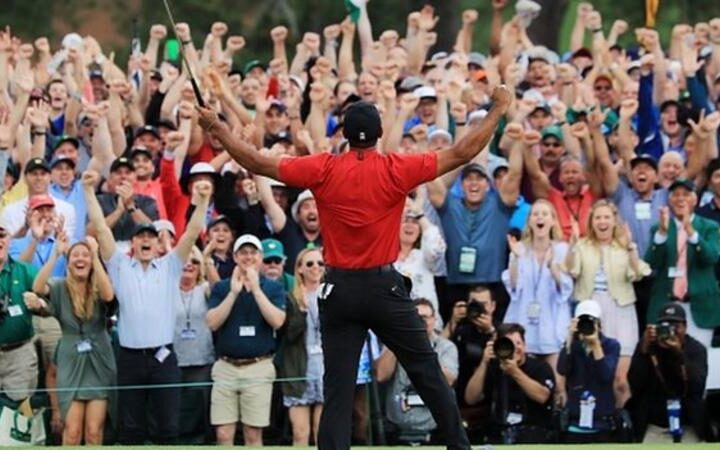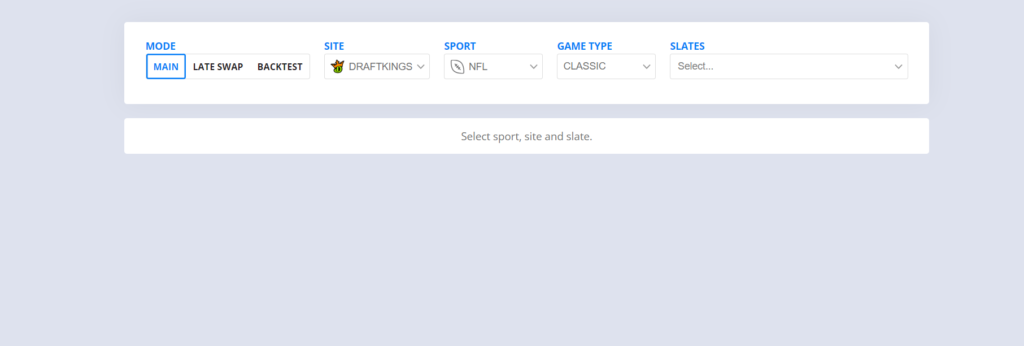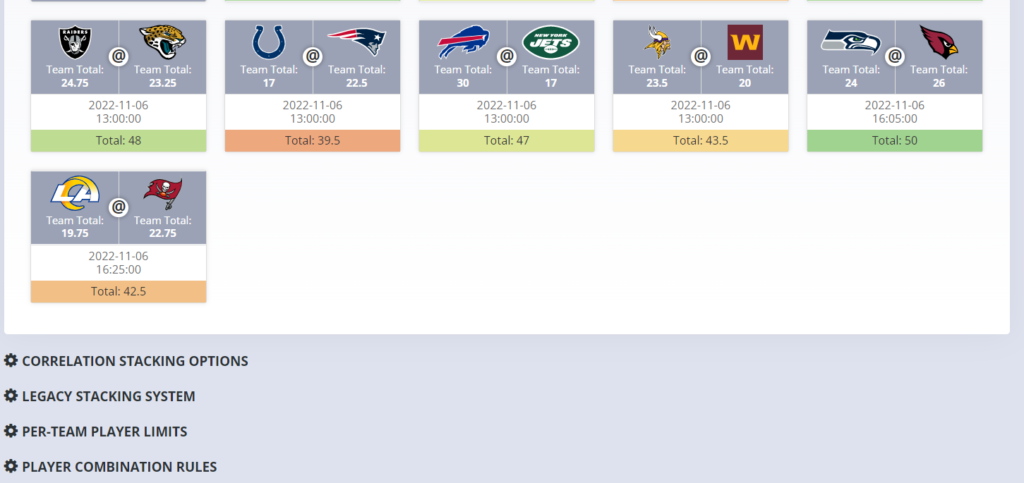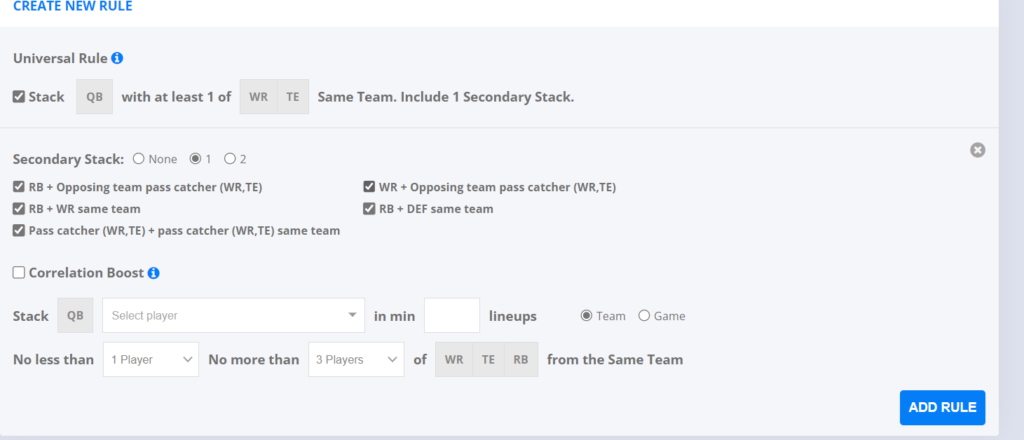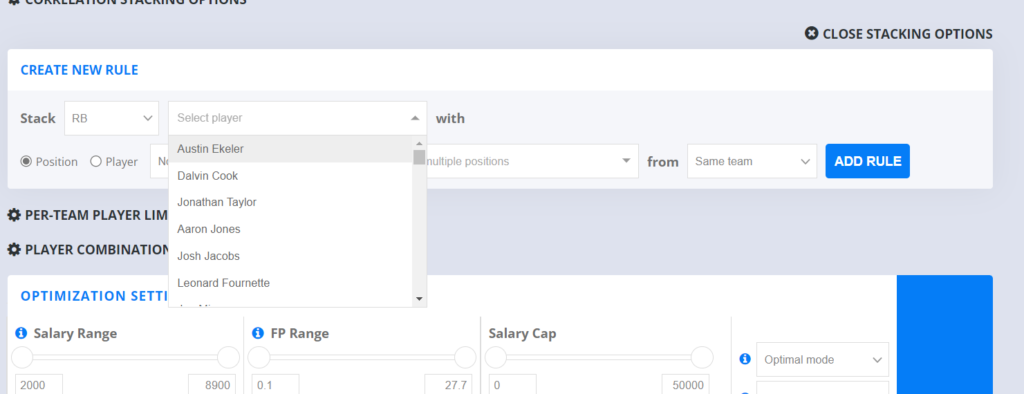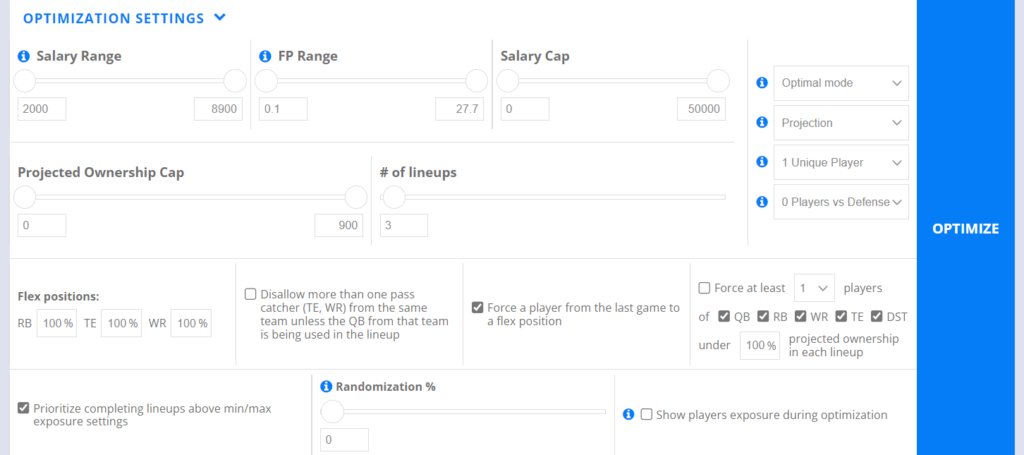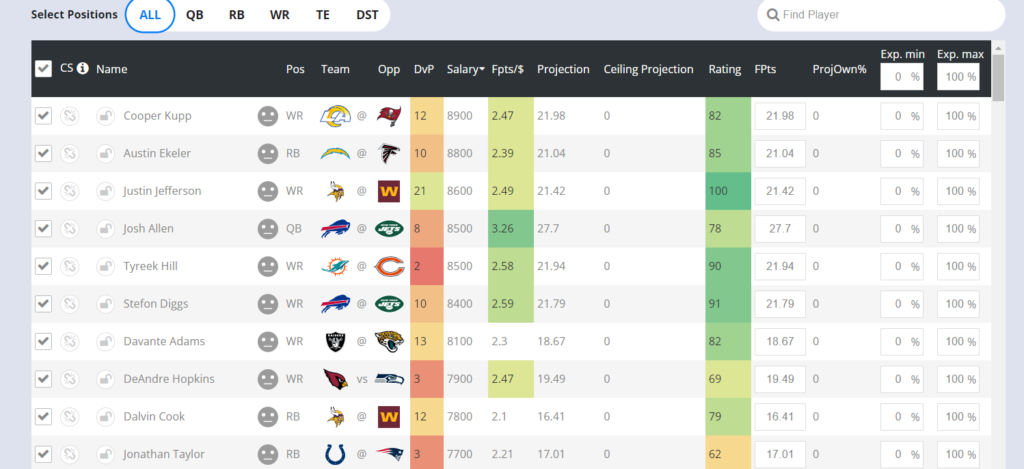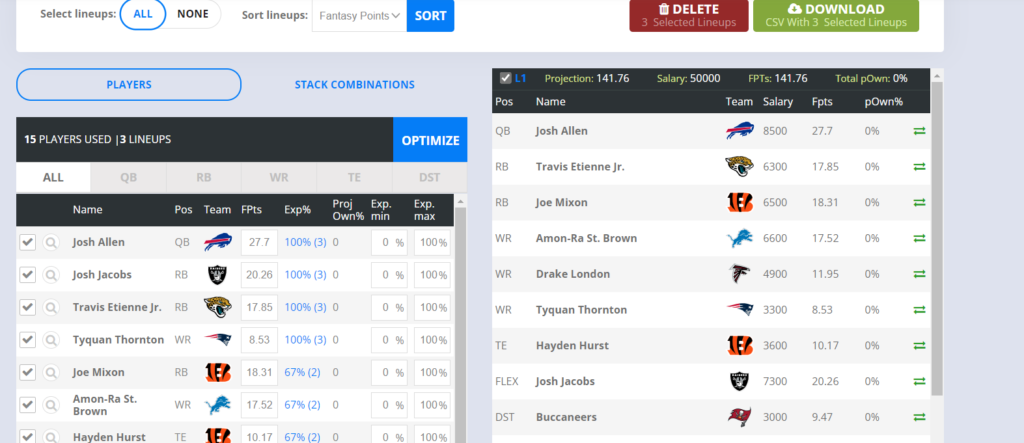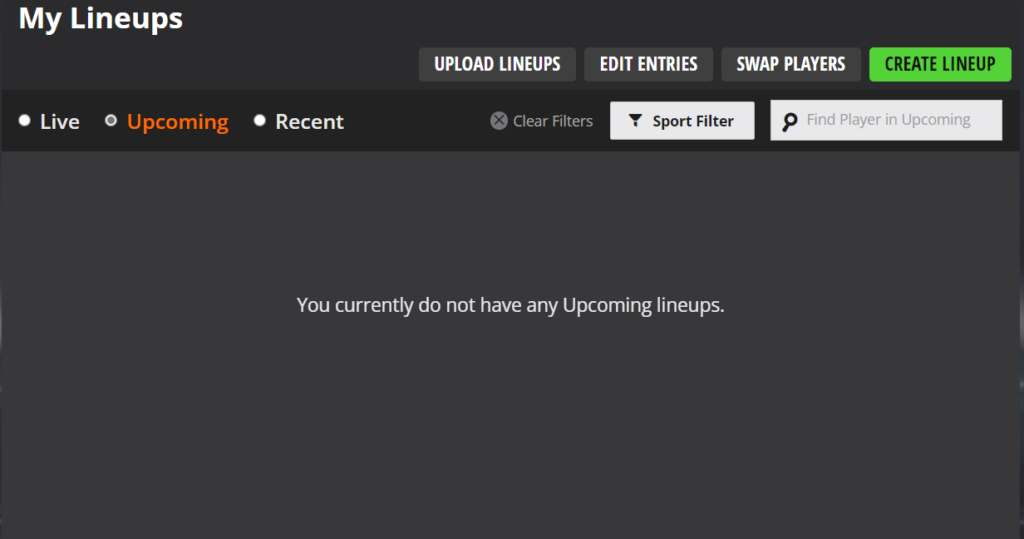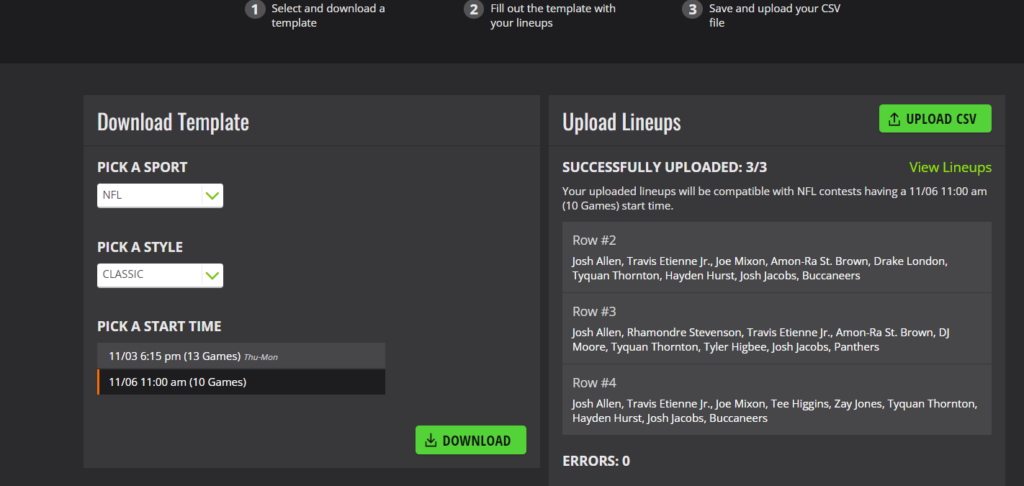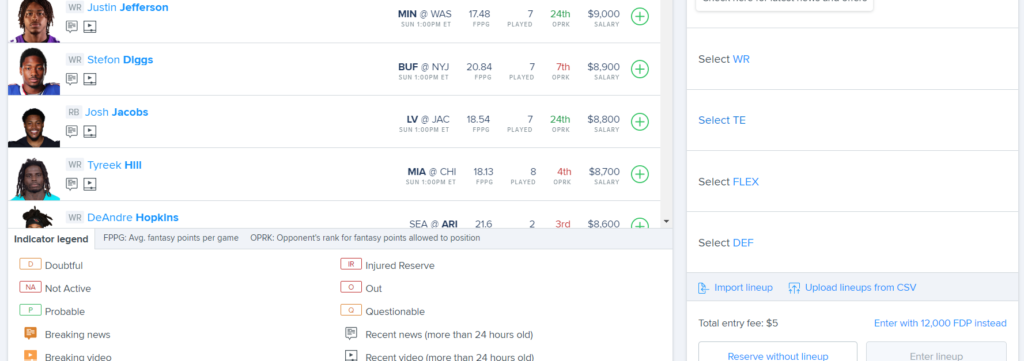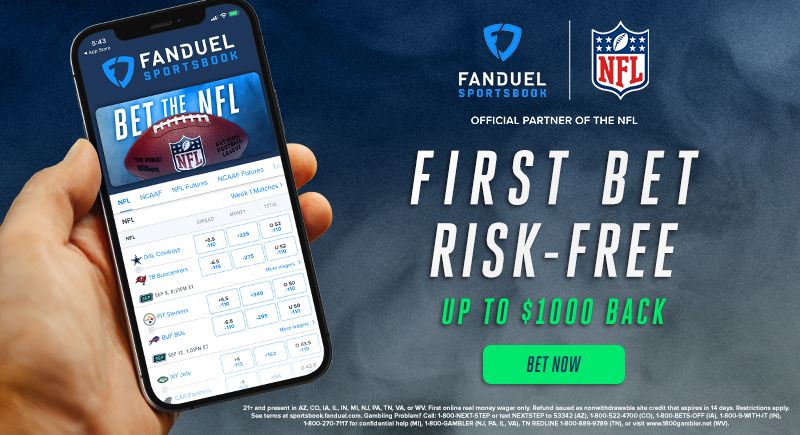Your Essential Guide to PGA Daily Fantasy Golf
Golf season is back baby! Whether you are a Golf DFS rookie or a seasoned veteran just looking for that little extra edge; welcome. These are our Golf DFS Top 5 Tips to make this your winning season.
2022 was a year full of surprises. From all the LIV Golf drama to some new stars emerging. The 2023 golf season promises to be one of the best yet! We expect to see a large amount of golf interest this year.
With the majority of tournaments spanning 4 days, Golf DFS gives you some of the best value for your entertainment. And there remains a massive opportunity in golf DFS right now!
It is fair to say that NFL, MLB, and NBA markets have reached saturation. Players are the most educated they have ever been, resources and data are readily available, and the markets are sharp. Finding an edge over your competition is extremely difficult. Although golf DFS is heading in that direction, there remains gaps.
And that is where YOU can take advantage.
What makes Golf DFS so difficult?

With fields often surpassing 140+ golfers, the majority of DFS players are simply not going to put the time and effort in required doing a full in-depth analysis of all possible options.
There is a new course every week, which will change the best golfer profile to look for in your players.
It is also a sport heavily affected by weather, perhaps more so than in any other sport.
And with somewhat complicated analytics with data that can be difficult to find, that represents opportunity. Hence, we have given you our Golf DFS Top 5 Tips to get you started!
The Essentials: Get the WinDaily Sports Edge
To make it easy, we have a fantastic team at WinDaily Sports who are here to do all that heavy lifting for you. With myself (@deepdivegolf), Sia (@sianejad), Joel (@draftmasterflex), and Spence (@teeoffsports) you have some of the best experts in the game to guide and coach you.
WinDaily Sports YouTube Channel & PGA Draftcast
https://www.youtube.com/@WinDailySports
Make sure you are SUBSCRIBED and have the NOTIFICATION BELL turned on for our YouTube channel! We run our popular PGA Draftcast show for every tournament at 9pm EST Tuesdays prior to the tournament.
This is the only show where the audience draft a team live to go against the experts! It is essential viewing to hear our thoughts and favourite plays, as well as the iconic first-round leader picks and Spencer’s famous super in-depth course breakdowns.
WinDaily Sports Discord Channel
https://discord.com/invite/windaily
Get coaching directly from our experts, chat directly with our team members, and ask any questions you may have. We can help provide guidance and pivots to plays to help you craft the perfect line-up every week. We also are happy to teach you the skills required to make you a consistent, winning player. Particularly, you will find up to date weather forecasting in the last 24 hours prior to a tournament which can be key to your success (or failure) in any given week.
WinDaily Golf DFS Website Articles
https://windailysports.com/daily-fantasy-golf/
Within the WinDaily wesbite, you can find all manner of weekly articles for both the PGA Tour and DP World Tour.
My articles provide in-depth analysis and picks for the tournament. I particularly see edges in DP World Tour tournaments, with weather forecasting, as well as player and course analysis. You can view my proven winning record on my Twitter page (@deepdivegolf).
We also have fantastic weekly ownership projections from Steven Spolardi (@spolardi) which are simply the best in class. These articles can be found on the WinDaily website and are essential for gaining ownership leverage especially in large GPP tournaments. Example here: https://windailysports.com/the-pga-championship-ownership-projections/
Golf DFS Top 5 Tips
Tip 1: Making the Cut is Key in Golf DFS
If you are new to golf, most tournaments will have a cut after the 2nd round in which roughly half the field will take no further part in the tournament. Obviously, you want as many of your players to be making the cut to ensure you are making the most of your point scoring potential.
For cash games and smaller GPP contests, you will want to look for safer players who are more likely to make the cut. You are much better placed to have majority of your players that play all 4 rounds and finish in the middle of the pack than 2 players finish in the top ten but the rest miss the cut entirely.
For large GPP tournaments, you want to look for upside. Looking for players who are a little more volatile may not be a bad thing, especially with heavy prize weightings to the top spots in the tournament. This is where Steven’s fantastic projections come into play, allowing you to find positions to leverage your line-up against the rest of the pack. You will want to look for players likely to make the cut, but also with more upside to finish towards the top of the leaderboard.
Tip 2: Compare Bookmaker Odds to Golf DFS Pricing
Bookmakers are in the business of analysing and projecting likely outcomes of tournaments. It is their job to reduce risk and provide as accurate as possible prediction of who has the most win equity any given week. Chances are, if you are a casual player then they are absolutely doing far more in-depth analysis than you. Use this to your advantage.
You can often find situations where a bookmaker may have a golfer priced as a much better chance to win a tournament than his DFS pricing suggests. For example, we recently identified an opportunity where a regular PGA Tour golfer qualified for entry into a DP World Tour event in Monday qualifying. Typically, these golfers are priced cheaply having needed to win a qualifying tournament to gain entry. As the PGA Tour is typically a lot stronger than DP World Tour fields, the golfer was priced in the top 30 most likely to win the tournament. However, DFS markets priced him as a typical Monday qualifier at just $6,700 and in the bottom 20% in the field. He finished 13th in the tournament and provided huge leverage for your line-up.
The above is an extreme example but provides an illustration of the potential edge that can be gained in looking at odds and comparing to DFS markets. You want to identify situations where there is a significant difference between a bookmakers implied win probability and DFS pricing.
Tip 3: Meteorology and Agronomy
First, check the weather! It is baffling that in a sport so affected by the elements that so few DFS players will even bother to check the weather prior to tournament start. Tee-times are typically grouped between a Thursday morning/Friday afternoon start time and vice-versa. This can create a weather edge for players teeing off at a particular time.
If Friday afternoon is forecast for heavy winds and tricky scoring conditions, you may want to lean towards players starting their first two rounds Thursday afternoon/Friday morning. You will often hear of a AM/PM stack or PM/AM stack providing a potential advantage in a given week.
I use a variety of different resources to provide the best weather forecasting possible in the lead-up to a tournament. Make sure you are in the WinDaily Discord in the 24 hours prior to tournament start for the most accurate information available and to give yourself an edge!
Not every weather forecast is the same. The weather is inherently difficult to predict as is, but many websites rely on free and basic models which are less accurate than other options on the market. We use a combination of the best premium weather forecast models on the market to provide the most accurate weather predictions that we can.
You want to pay particular attention to prevailing wind, wind gusts, any rain forecast, and ground condition. A dry, firm course in windy conditions will play a lot more difficult to a soft course in calm conditions. This can influence both tee-time stacks, but also the type of golfer you want to look for.
Tip 4: Course Analysis, Course Form, and Incoming Form
Each week, the PGA Tour and DP World Tour will move to a different location and hence a different course. Unlike in any other sport, where the field of play remains generally the same, golf courses by their very nature are designed to be completely different to others. You won’t want to play the exact same golfers every single week.
Course Analysis
Some courses will favour a “bomb and gouge” approach. Typically, they will feature wide open fairways with little penalty for straying too wide. This will favour longer drivers, who can then give themselves a shorter (and easier) 2nd shot given their extra distance off the tee.
Other trickier courses with tight fairways and smaller greens will favour a more accurate player who will keep the ball in play and avoid dropped shots. To maximise your golf DFS score, a completely different golfer profile may be required from one week to the next.
Firmer courses will often favour a player with a higher ball flight. They can land the ball softly on the green to allow a shorter putt. Tree-lined fairways to protect from the wind can add to this advantage. Exposed courses may favour players with a lower ball flight that can keep their shot low and away from the higher winds.
Links courses (typically, but not exclusively, found in the UK & Ireland) offer another challenge on their own. These ultra-exposed coastal courses require a unique set of skills. These undulating courses often experience high weather variance, have firmer greens with little rough surrounding, and deep bunkers as protection. You do find a number of links-course specialist. They may present little incoming form but then perform extremely well when returning to a link course.
Course Form
Course form does matter. It may seem self-evident that a player who has played well on a certain course previously may do so again. Many courses have proven to have a high correlation between prior success as a predictive factor of future success.
However, this comes with a word of caution. Some courses display little correlation between prior course form and future success. This can be for a variety of reasons. For example, trickier courses with lots of penalty areas will provide volatility. Simple luck and the bounce of a ball can have a significant effect on outcomes. Low scoring and easier courses may mean that simply whoever putted best that week was able to finish higher on the leaderboard. The experts in the WinDaily team are here to help you identify when course form matters most.
Incoming Form and Golf DFS
Incoming form also plays a factor. If you can find a golf with excellent course form and who has played well recently, this is obviously beneficial. It will likely also come with a high priced golfer with plenty of ownership.
This also comes with many caveats. Many golf DFS players will fall victim to recency bias. They will believe how a player played last week is a sure-fire method to predict how they will play this week. Yet, the next tournament may be played on a completely different style of course. Also, the manner of scoring matters, which is where strokes gained data comes into play.
Tip 5: Using Stokes Gained Metrics
I will provide a more detailed analysis of Strokes Gained data in my Golf Betting Tips & Advice article. But, in short, Strokes Gained is the start of a change in the statistical analysis of golf akin to that which changed the face of baseball.
Previously, using golf DFS stats were somewhat archaic and did not provide an accurate measure of future success. For example, take Greens in Regulation, which is a percentage of greens a golfer manages to hit compared to par and assuming two putts (i.e. a Par 3 in one approach shot, a Par 4 in two approach shots, and a Par 5 in 3 approach shots or less).
This provides a little less information than we may want. Two golfers sharing 70% Greens in Regulation may have hit the same number of greens. However, Golfer A was on average 20’ away from the pin. Golfer B was on average 35’ away from the pin. Obviously, Golfer A has shorter putts and had better approach play.
What is Strokes Gained?
Strokes gained data flips this narrative on its head. We can now accurately identify just how golfers achieved their given scores. Stokes gained provides a breakdown of how a golfer performed compared to the field and where precisely their advantage came from.
Let’s take a basic application of this concept with an example of a golfer who has a putt from 20’. A player in the field may take on average 1.5 putts to get the ball in the hole. The golfer makes the putt, and he has therefore gained +0.5 stokes putting compared to the field.
Below are the most used Strokes Gained metrics:
Strokes Gained Total (SG: TOT)
The total number of strokes gained compared to the field. This will perfectly resemble the leaderboard. E.g. a golfer shoots 65, field average was 70, their stokes gained total would be +5.00.
Strokes Gained Off The Tee (SG: OTT)
The total number of shots gained from all tee shots on par 4s and par 5s. This covers all shots made with drivers and woods (occasionally irons) off the tee.
Strokes Gained Approach (SG: APP)
The total number of strokes gained from all tee shots on par 3s and all shots further than 30 yards from the green on par 4s and par 5s. Essentially, all strokes gained from iron shots.
Strokes Gained Around The Green (SG: ATG)
The total number of strokes gained from all shots within 30 yards of the green without being on the green. Covers chips and bunker shots.
Strokes Gained Putting (SG: PUTT)
The total number of strokes gained for all shots on the greens.
Strokes Gained Tee to Green (SG: T2G)
The total number of strokes gained to the field for all shots excluding putting. This can prove useful given that putting is the most volatile and unpredictable metric.
Strokes Gained Ball-Striking (SG: BS)
All strokes gained from both SG: OTT and SG: APP combined.
Using Strokes Gained for Golf DFS
Using the above analytics, we can use this to assist us in identifying golfers that fit a particular profile which may prove successful on any given course.
In general, statistics such as SG: OTT and SG: APP tend to be “stickier”. A golfer who has made improvement in the two ball-striking categories is more likely to be able to maintain those improvements.
This ties in with the above caution about incoming form. Say a golfer finished in the top 20 the prior week. However, he gained a huge number of his strokes compared to the field with the putter that week. We would not necessarily see this as a strong predictor of future success. Putting is volatile and very difficult to foresee when improvements may happen on any given week. This is not a hard and fast rule, as there are undoubtedly better putters than others. But we are here to assist you in identifying the difference.
Summary
Golf provides a hugely entertaining way to play DFS, providing great value for money once you’ve entered a contest. There are massive opportunities available for those who are willing to put the effort in. But, as you can see above, there are a huge number of factors which come in making these decisions.
With large fields to choose from, there are countless hours of research required with many possible combinations and choices to be made every week. It can be overwhelming when you start! We are here to help by doing the hard yards for you and make it easy.
If you’ve made it this far through the article, why not considering giving WinDaily a go? Join now with a no obligation 1-month free trial so you can test out the website and services available. If you decide to keep the product, it is the best value on the market at just $5.99 for access to ALL sports.
Access this promo link here: https://windailysports.com/sign-up/deep-dive-golf/?ref=31
Want another free article? Check out our “Golf Betting 101: How To Select More Winning Golfers” article. If you have not read that article yet, you can find it here.
